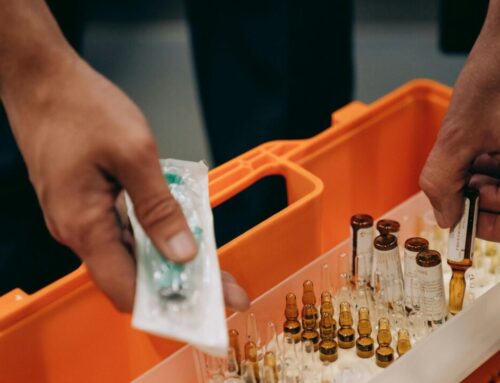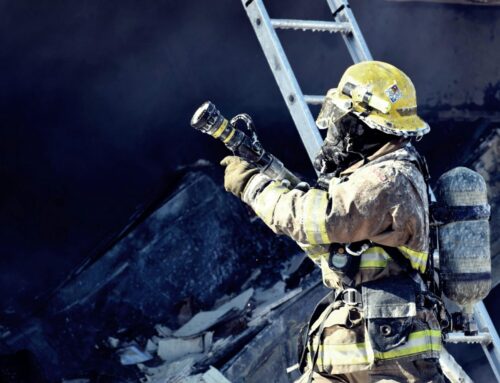Issues with the supply chain have made waves worldwide, especially in some parts of rural America. Their need for essential, temperature sensitive resources, like medicine, vaccines, food and quality healthcare, highlight even more concerns for the cold chain.
Similar to the supply chain’s transportation of materials, the cold chain is the process of transporting temperature-sensitive (cold) products/materials like food, vaccines, medicines, specimens and more. This chain of events must be precisely coordinated in temperature-controlled environments to store, manage and transport products/materials. Think of it as the cold supply chain. This process carries additional risk due to the potential for temperature contamination which could cause the products/materials to expire, which in result requires a higher level of end-to-end control.
Here are four differences that should be considered when preparing for the cold chain, versus the supply chain.
Public Health Impact
In our post-pandemic world, we have come to understand how essential, but also challenging vaccine transportation can be. Very precise temperatures must be maintained to keep the integrity of the intramuscular COVID vaccines. Because of this, there was extreme vaccine wastage due to failures in the cold chain. Vaccines had to be thrown out if they lost exact refrigerated temperatures required to maintain their safety and potency. But vaccines aren’t the only products traveling through the cold chain that are vital to the health and safety of our world. So much rides on the success of the cold chain – pharmaceuticals, DNA lab tests, forensic evidence, food and beverages. These items are all perishable if not properly refrigerated and frozen at unique temperatures with little room for error.
Thermal Packaging
As opposed to the cardboard box or bubble packaging seen in the supply chain, the cold chain requires packaging and refrigerant designed to meet thermal requirements of temperature-sensitive materials. A precise chemical reaction achieved using phase change materials (PCMs) can produce cold temperatures that replace the need for dry ice. Combined with an insulated tote, the PCM can maintain the desired refrigerated and below freezing temperatures required for materials traveling through the cold chain.
Long-Lasting Refrigerant
Traditional shipments can be loaded onto any freight, but the cold chain requires the materials to be packaged and transported on commercial refrigerator/freezer trucks which are costly and difficult to maintain as different contents have varying temperature requirements. Another option is cold chain packaging. With the proper packaging of the temperature sensitive material in a thermal package with a PCM, the products can be shipped and left outside of traditional refrigerators/freezers for extended periods of time. This makes if more cost-effective than dry ice and traditional refrigerator/freezer trucks. The sender won’t have to pay hazardous shipping fees and the products can be reused for multiple years without further investment. This is essential to help with the cold supply chain issues. Longer life and higher performance result in minimized risks associated with transportation, customs, and storage delays.
Learn more about cold chain solutions to refrigerated and frozen transportation and storage.



